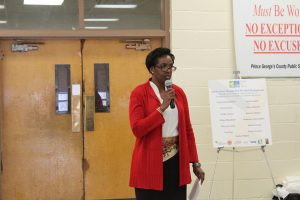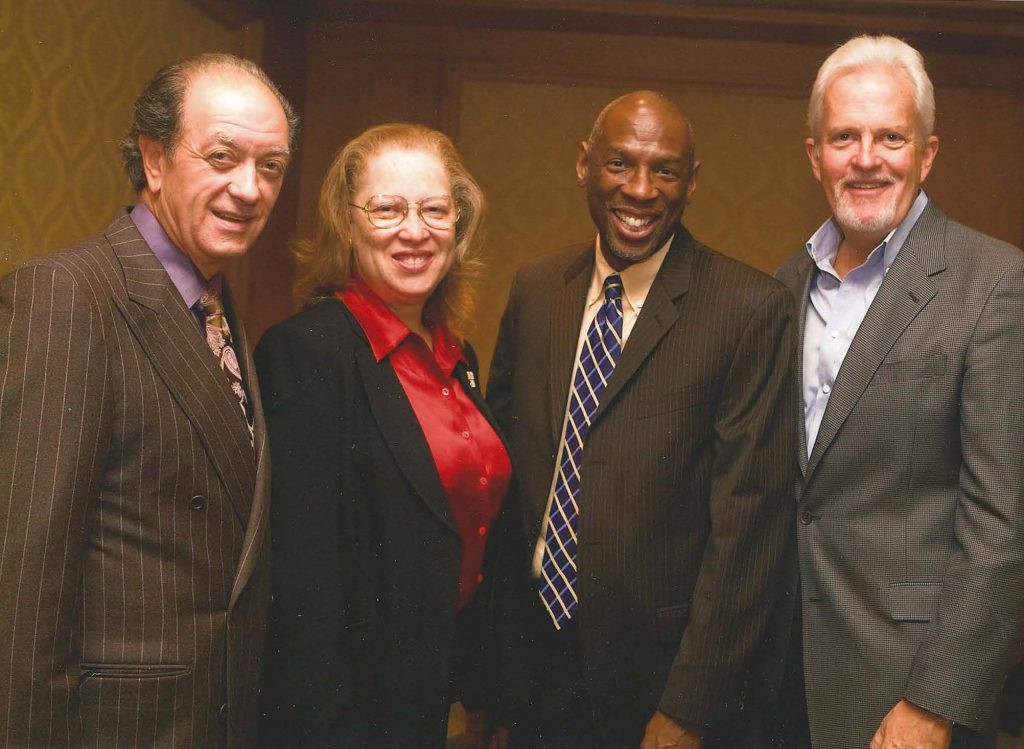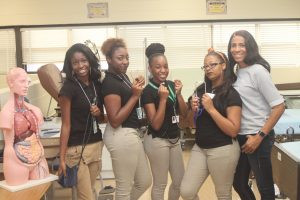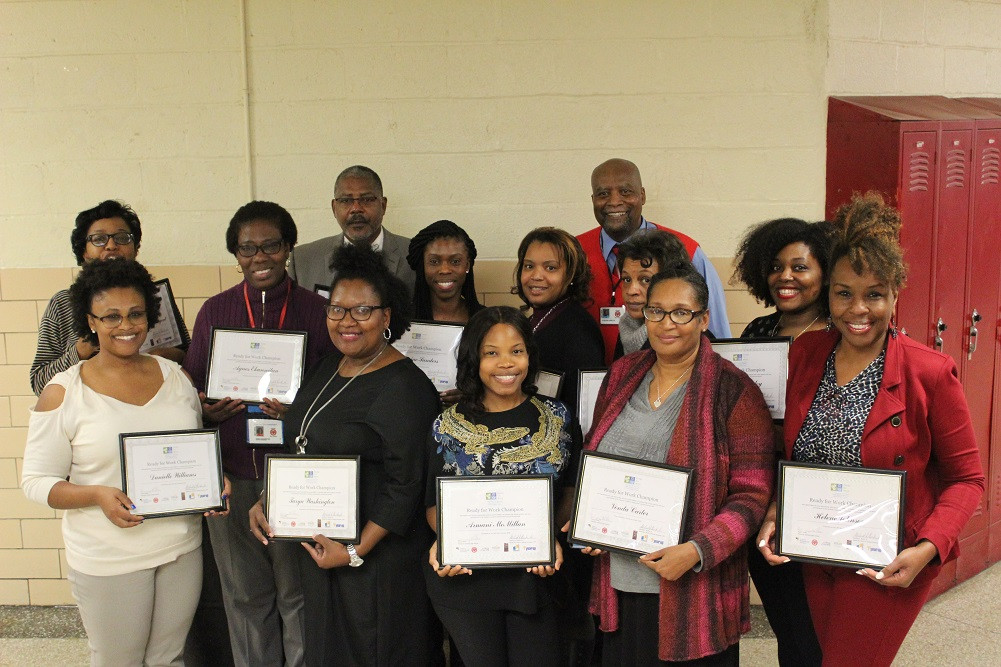Venture Philanthropy Partners (VPP) stands as a compelling example of how a venture capital approach can revolutionize the nonprofit sector, creating significant social impact. Founded in the bustling Washington D.C. area, VPP recognized early on the shifting landscapes of poverty and need, particularly in communities like Prince George’s County, Maryland. This region, once a beacon of African American affluence, began grappling with the suburbanization of poverty, a challenge VPP met head-on through strategic partnerships and innovative philanthropic strategies.
The Genesis of Venture Philanthropy Partners
Inspired by the venture capital model that propelled numerous tech companies to success, Venture Philanthropy Partners was the brainchild of Mario Morino, Mark Warner (now a U.S. Senator), and Raul Fernandez. Their vision was to transplant the core principles of venture capital – strategic investment, deep engagement, and a focus on measurable results – into the nonprofit world. They drew inspiration from Chuck Feeney’s General Atlantic, emphasizing a commitment to supporting organizations with strong leadership, proven track records, and ambitious goals for growth and impact. This marked the beginning of VPP’s journey as a pioneering venture philanthropy partner.
Addressing Suburban Poverty in Prince George’s County
VPP’s inception in 2000 coincided with a critical demographic shift in the Washington D.C. metropolitan area. Prince George’s County, adjacent to D.C., was experiencing a surge in poverty as gentrification in the city pushed lower-income families into the suburbs. While D.C. had a pre-existing infrastructure of social services, Prince George’s County was less equipped to handle this influx. Recognizing this growing need, VPP extended its focus beyond the District to include neighboring areas, particularly Prince George’s County.
Initially, VPP encountered a challenge: the county lacked established, growth-oriented nonprofits that fit their investment model. However, VPP adapted, realizing they could play a crucial role by supporting DC-based organizations already serving families who were relocating to Prince George’s County. With their first $32 million fund, VPP invested in five such organizations, enabling them to expand their reach and establish operations in the county, effectively following the demographic shifts and addressing the suburbanization of poverty.
The Venture Philanthropy Model: Deep Engagement and Long-Term Support
Venture Philanthropy Partners distinguishes itself through its high-engagement model. Unlike traditional grant-making, VPP’s approach is characterized by deep, sustained partnerships. This begins with substantial planning grants, allowing nonprofits to undergo comprehensive assessments of their strengths and areas for improvement, guided by top consulting firms and VPP’s active participation. This intensive planning phase paves the way for multi-year, multi-million dollar investments, designed to fuel the implementation of strategic plans.
 Michele Gilliard (Courtesy of VPP)
Michele Gilliard (Courtesy of VPP)
Michele Gilliard, a key partner at Venture Philanthropy Partners, exemplifies VPP’s commitment to deep engagement and strategic support for nonprofit growth and community impact.
Beyond financial investment, VPP’s team acts as a trusted resource for nonprofit leaders, offering support in diverse areas such as executive talent acquisition, board development, fundraising strategy, policy advocacy, performance management systems, and program evaluation. Furthermore, a senior VPP executive joins the board of each grantee organization, solidifying the partnership and ensuring ongoing collaboration. This hands-on, venture philanthropy partner approach is designed to maximize the impact and sustainability of the nonprofits they support.
Case Study: youthCONNECT – Collaborative Impact
Driven by the understanding that complex social problems require collaborative solutions, VPP pioneered the youthCONNECT initiative. This program exemplifies their evolution towards network-based philanthropy, recognizing that collective action can achieve greater impact than individual organizational efforts. youthCONNECT was conceived to address the interconnected challenges facing at-risk youth in the region, focusing on education, employment, and healthy behaviors.
Building a Network for Youth Success
youthCONNECT brought together six high-performing nonprofits, fostering a collaborative network to serve 20,000 at-risk youth, including a significant number in Prince George’s County. This initiative was significantly boosted by a $10 million grant from the Social Innovation Fund (SIF), a federal program designed to support evidence-based social solutions. The participating organizations—Latin American Youth Center, Year Up—National Capital Region, College Summit (now Peer Forward), Urban Alliance, KIPP DC, and Metro TeenAIDS (now Whitman-Walker Health)—worked together, supported by VPP and evaluation firm Child Trends, to build trust, establish common goals, and create a shared framework for measuring outcomes.
 From left to right: Mario Morino, Carol Thompson Cole, Geoff Canada, Jack Davies (Image courtesy of VPP)
From left to right: Mario Morino, Carol Thompson Cole, Geoff Canada, Jack Davies (Image courtesy of VPP)
Leaders of Venture Philanthropy Partners, Mario Morino and Carol Thompson Cole, alongside prominent figures Geoff Canada and Jack Davies, collaborating to strategize and enhance the impact of their venture philanthropy initiatives.
This venture philanthropy partner model emphasized synergy and shared purpose. As David Murphey of Child Trends noted, the initiative enabled organizations to “give up a certain amount of turf and individual identity” to collectively tackle complex problems that no single organization could solve alone. This shift towards collaboration was a key element in amplifying the overall impact.
Positive Outcomes and Regional Impact
Over five years, youthCONNECT invested $32 million, yielding significant positive results. Evaluations by Child Trends demonstrated that the initiative not only expanded the reach of the partner organizations, serving 2,000 more youth than initially projected, but also enhanced their data collection and utilization, and strengthened their operational efficiency.
Furthermore, youthCONNECT fostered network-level outcomes, creating genuine collaboration among partners. A prime example is their joint effort at a school in Columbia Heights, D.C., where five partner organizations provided holistic support services, ranging from health services to peer counseling – a comprehensive approach that no single entity could offer independently. These combined efforts contributed to impressive student outcomes, with 99% of 12th graders completing high school, 92% applying to college, and 78% enrolling in post-secondary education by 2015. youthCONNECT showcased the power of a venture philanthropy partner approach in driving both organizational and systemic change.
Case Study: Ready for Work – A Deep Dive into Prince George’s County
Building on the success of youthCONNECT, VPP launched Ready for Work in 2015, focusing specifically on Prince George’s County. This initiative represents an even deeper commitment to addressing the needs of this community, aiming to prepare young people for college and careers within the county itself. Ready for Work targets nearly 3,000 students annually across three high schools: Suitland, Oxon Hill, and High Point, where graduation rates and college readiness were significant concerns.
Embedding in Schools for Lasting Change
Ready for Work, backed by a $15 million investment primarily from VPP, with additional support from Prince George’s County Public Schools and the County Council, adopts a multifaceted approach. It leverages the youthCONNECT network to provide in-school support, career development, and college preparation. Partner nonprofits work within the school day, as well as after school and on weekends, offering comprehensive services directly to students.
 Nursing students Suitland High School (Image courtesy of VPP)
Nursing students Suitland High School (Image courtesy of VPP)
Nursing students at Suitland High School participate in a program supported by Venture Philanthropy Partners’ Ready for Work initiative, gaining practical skills and career readiness within their school environment.
A key component of Ready for Work is facilitating paid internships with local employers, recognizing the crucial role of real-world work experience in shaping career trajectories. Additionally, the initiative includes a Nonprofit Capacity Building Initiative, aimed at strengthening local Prince George’s County nonprofits, ensuring a sustainable ecosystem of support for youth in the region. This venture philanthropy partner approach seeks to create systemic change within the county’s education and workforce development landscape.
Overcoming Challenges and Measuring Success
Implementing Ready for Work required navigating complex collaborations between schools, nonprofits, and government entities. VPP embedded a full-time representative, Sterlind Burke, a retired high school principal, directly into Suitland High School to facilitate the program and build trust with school staff. This on-the-ground presence has been crucial in overcoming skepticism and fostering buy-in from school stakeholders.
Despite challenges, including leadership changes within the school system and funding fluctuations, Ready for Work has demonstrated promising early results. In its pilot year, it served nearly 800 students, and this number doubled within two years. Early data indicates improvements in 11th-grade promotion and high school graduation rates in participating schools. VPP continues to analyze student-level data to comprehensively assess the program’s impact on academic, employment, and behavioral outcomes. Ready for Work serves as a potential model for state-wide initiatives aimed at improving college and career readiness, highlighting the scalable impact of a well-executed venture philanthropy partner strategy.
Lessons Learned and the Evolution of Venture Philanthropy
Through its journey, Venture Philanthropy Partners has accumulated valuable lessons, constantly refining its approach and deepening its impact. Early challenges, such as not effectively communicating their high-engagement model and undervaluing community knowledge, led to significant adaptations. VPP learned the critical importance of cultural competency, diversity within their team, and building trust within the communities they serve.
The Importance of Community Knowledge and Cultural Competence
VPP’s evolution highlights a crucial realization: business acumen alone is insufficient for effective philanthropy. Understanding the historical, social, and cultural context of the communities they serve is equally vital. The hiring of Carol Thompson Cole, with her deep roots in the D.C. community and extensive public and private sector experience, marked a turning point. Her leadership emphasized diversity and cultural competence within VPP, fostering stronger connections and more effective partnerships with community organizations. This shift underscored the importance of embedding community knowledge within the venture philanthropy partner model.
Building Trust and Effective Partnerships
Building trust emerged as a cornerstone of VPP’s success. This involved consistent, on-the-ground engagement, actively listening to community needs, and demonstrating a long-term commitment. As Kristine Andrews of Child Trends observed, VPP transitioned from being perceived as an external “DC organization” to an embedded partner deeply integrated within Prince George’s County schools and communities. This transformation, built on sustained relationship-building and mutual respect, is essential for the success of any venture philanthropy partner seeking to create lasting social change.
 Image courtesy of VPP
Image courtesy of VPP
Students engaged in a classroom setting, benefiting from the comprehensive support and resources provided by Venture Philanthropy Partners’ initiatives in Prince George’s County.
Conclusion
Venture Philanthropy Partners exemplifies the transformative potential of applying venture capital principles to philanthropy. Their journey, marked by continuous learning and adaptation, demonstrates the effectiveness of deep engagement, strategic collaboration, and a commitment to measurable outcomes. From addressing suburban poverty in Prince George’s County to pioneering network-based initiatives like youthCONNECT and Ready for Work, VPP has proven the power of the venture philanthropy partner model in driving social impact and building stronger, more resilient communities. In a region often characterized by division, VPP and its partners offer a compelling model of collaboration and high performance, demonstrating how strategic partnerships can create meaningful and lasting change.
Do you want to learn more about how donors and grantees can work together to enhance their effectiveness? Read about Funding Performance here, and let us know your thoughts.